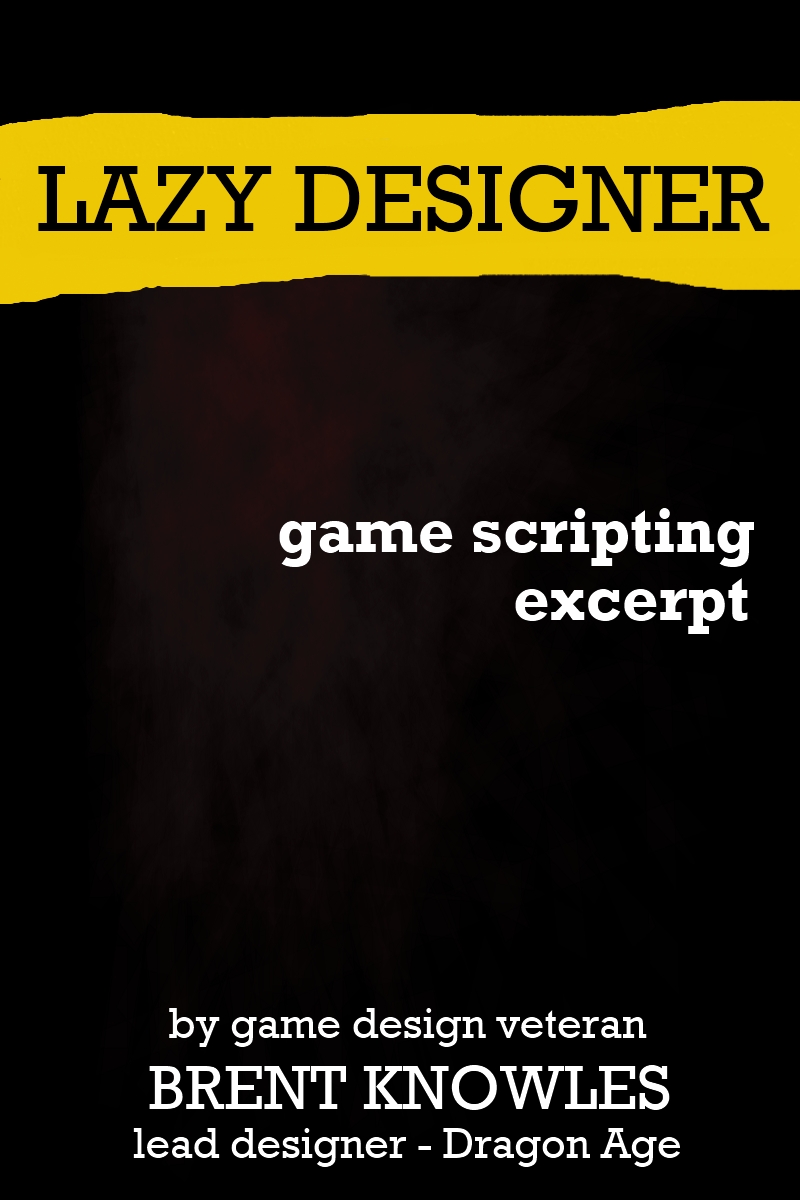Cross-Platform Experimenting
Overview
When a designer has free time between projects another useful activity is for them to investigate how previous titles (or the next one) might be ported to other platforms.
Why Cross-Platform?
The more markets a game can be pushed onto the better the increase for sales. Many gameplay styles don’t work on all platforms but there are possibilities for secondary titles to flesh out a game franchise. And secondary projects offer opportunities to hone design skills on non-traditional game mechanics.
Now depending on your seniority level in the company this might seem presumptuous (to devote company resources — you! — towards investigating cross-platform opportunities) but if you hit on something interesting, your manager will be pleased. At worst you improve your skill set. It is all about balancing time spent versus reward.
Suggestions
To achieve a true multiple platform experience the title should be designed for such from the start and developed towards the most restrictive platform with more features added (as schedule allows) to the ‘stronger’ platforms.
But sometimes, either through emulation, or chance, a little experimenting and time can reveal that a project that seemed doomed to a single platform might be able to be ported to another platform — a PC game on console or vice versa, PC to Mac, or even on a mobile phone, iPhone or iPad. If you have recently released a single platform project, check out the porting possibilities. You might be surprised.
Even if your experiments accomplish nothing quantifiable, you’ll probably learn a bit more about these other platforms that you can use to help make sure the next project has the potential be cross-platform.
Franchise
Instead of porting an entire game look at the resources available. Can the original game’s art be used to make an iPhone game… maybe a completely different game but one that takes place in the same world as the original?
Maybe there was dialog or a character cut from the original game due to time restrictions… can they be resurrected into a mobile game? There’s certainly something on the cutting room floor that might be suitable.
These efforts can help build a franchise. At worst they attract some new interest, serving as a form of revenue-capable advertising. And they can be a fun way of developing skills, even if the game is never ultimately released. (Or they might serve as a springboard towards building a mini game in the next project).
If it looks like a new version of the game is possible, think about and experiment with how this secondary platform title can interact with the original (or the sequel). Maybe you can import a save game into the new version that gives the player benefits based on how they played the original? Even if the device used does not have direct file access you might be able to allow uploading of save games to an online user account and access it from the mobile device that way — this is also a useful way of receiving user data to help understand what players are actually doing in your released games, there’ll be more on that in a section on data tracking.
If your team is planning the sequel to the original think of how this secondary project can interact with that sequel — maybe players can unlock minor features in the sequel ONLY through the secondary project.
Franchises that are designed cleverly to sprawl across several platforms have the potential of hooking a wider audience into all that the franchises offers. Like ancillary products (books, comics, online videos) secondary projects — especially when they can capitalize on the expensive art produced for the primary project — can bring in revenue and a wider exposure.
And because these secondary projects tend to experiment with new design techniques they are a great way for designer’s to exercise their design muscles.

